Okay here we go.
I have made a basic example with Reveal.js & D3.js and it works well.
- There are two slides
- First slide contains Bar chart
- Second slide renders Bubble chart by taking data from a json input file
Your code works fine if it is placed outside of the section at the bottom. I have placed all D3.js code at the end of the html page before body closer.
The folder structure is show below (in snapshot)

I placed my JS inside the HTML (in order to make it easier to read/comprehend)
<!doctype html>
<html lang="en">
<head>
<meta charset="utf-8">
<title>Reveal.js with D3 JS</title>
<link rel="stylesheet" href="css/reveal.min.css">
<link rel="stylesheet" href="css/theme/default.css" id="theme">
<style>
.chart rect {
fill: #63b6db;
}
.chart text {
fill: white;
font: 10px sans-serif;
text-anchor: end;
}
text {
font: 10px sans-serif;
}
</style>
</head>
<body>
<div class="reveal">
<div class="slides">
<section>
<h2>Barebones Presentation</h2>
<p>This example contains the bare minimum includes and markup required to run a reveal.js presentation.</p>
<svg class="chart"></svg>
</section>
<section id="sect2">
<h2>No Theme</h2>
<p>There's no theme included, so it will fall back on browser defaults.</p>
<svg class="bubleCharts"></svg>
</section>
</div>
</div>
<script src="js/reveal.min.js"></script>
<script>
Reveal.initialize();
</script>
<script src="js/d3.min.js"></script>
<script type="text/javascript">
//------ code to show D3 Bar Chart on First Slide-------
var data = [44, 28, 15, 16, 23, 5];
var width = 420,
barHeight = 20;
var x = d3.scale.linear()
.domain([0, d3.max(data)])
.range([0, width]);
var chart = d3.select(".chart")
.attr("width", width)
.attr("height", barHeight * data.length);
var bar = chart.selectAll("g")
.data(data)
.enter().append("g")
.attr("transform", function(d, i) { return "translate(0," + i * barHeight + ")"; });
bar.append("rect")
.attr("width", x)
.attr("height", barHeight - 1);
bar.append("text")
.attr("x", function(d) { return x(d) - 3; })
.attr("y", barHeight / 2)
.attr("dy", ".35em")
.text(function(d) { return d; });
//---Code below will show Bubble Charts on the secon Slide -------
var diameter = 560,
format = d3.format(",d"),
color = d3.scale.category20c();
var bubble = d3.layout.pack()
.sort(null)
.size([diameter, diameter])
.padding(1.5);
var svg = d3.select(".bubleCharts")
.attr("width", diameter)
.attr("height", diameter)
.attr("class", "bubble");
d3.json("flare.json", function(error, root) {
var node = svg.selectAll(".node")
.data(bubble.nodes(classes(root))
.filter(function(d) { return !d.children; }))
.enter().append("g")
.attr("class", "node")
.attr("transform", function(d) { return "translate(" + d.x + "," + d.y + ")"; });
node.append("title")
.text(function(d) { return d.className + ": " + format(d.value); });
node.append("circle")
.attr("r", function(d) { return d.r; })
.style("fill", function(d) { return color(d.packageName); });
node.append("text")
.attr("dy", ".3em")
.style("text-anchor", "middle")
.text(function(d) { return d.className.substring(0, d.r / 3); });
});
// Returns a flattened hierarchy containing all leaf nodes under the root.
function classes(root) {
var classes = [];
function recurse(name, node) {
if (node.children) node.children.forEach(function(child) { recurse(node.name, child); });
else classes.push({packageName: name, className: node.name, value: node.size});
}
recurse(null, root);
return {children: classes};
}
d3.select(self.frameElement).style("height", diameter + "px");
</script>
</body>
</html>
Output/results
Slide 1

Slide 2

Download complete code https://github.com/aahad/D3.js/tree/master/Reveal JS with D3 JS
To learn more about how Bar Chart or Bubble Chart code works: check followings:


